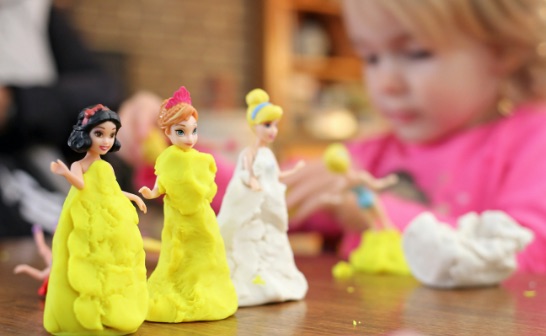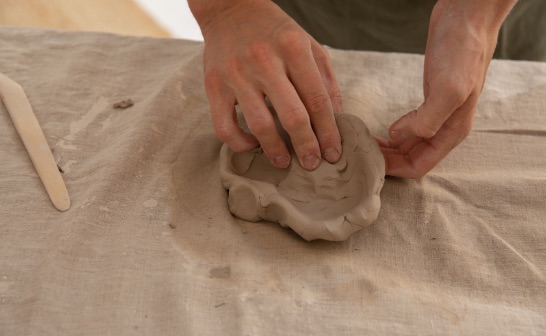2. Clay also helps children develop the small muscles in their fingers and hands, known as fine motor skills, as they pinch, squeeze and prod the clay, adding detail to the shape or object.
3. Through this manipulation, children can express their thoughts and ideas as they mould the clay to take on the form of their imagination.
4. Children can experiment with literacy and numeracy concepts as they use clay to create letter, number and shape formations.
5. Facilitating children to create their own name, their age, street address, or the names of people in their family makes learning meaningful.
6. Clay can also be used to visually represent children’s culture as it is moulded to represent meaningful symbols and patterns.
7. You can support your children with clay play by providing an unhurried, spacious environment so that time can be spent developing and revisiting their work.
8. Regular access to clay provides children with opportunities to build on their knowledge, verbalise their thoughts and ideas, and add detail to their work.
9. Skills children develop when playing with clay include imagination, creativity and perseverance.


